
Ingredient
Processed tomato products
The Versatile World of Tomato Transformations
Processed tomato products encompass a wide range of culinary creations, including tomato paste, tomato sauce, crushed tomatoes, and canned diced tomatoes. These products are made by cooking fresh tomatoes, removing the skin and seeds, and then processing them into a smooth or chunky consistency. They are known for their vibrant red color, rich flavor, and thick texture, which adds depth and complexity to a variety of recipes. Whether used as a base for pasta sauces, soups, stews, or even as a topping for pizzas, processed tomato products are a versatile ingredient that brings the essence of tomatoes to any dish.
Origins and history
Tomatoes are native to western South America and were first cultivated by the Aztecs and Incas. They were introduced to Europe by Spanish explorers in the 16th century and quickly gained popularity. The first recorded recipe for tomato sauce appeared in a cookbook published in Naples, Italy, in 1692. Since then, the production and consumption of processed tomato products have spread globally, becoming an integral part of various cuisines.
Nutritional information
Processed tomato products are a good source of vitamins A and C, as well as antioxidants like lycopene. They are low in calories and fat, making them a healthy addition to meals.
Allergens
Processed tomato products may contain traces of allergens such as sulfites, which are used as preservatives. Individuals with sulfite allergies should exercise caution when consuming these products.
How to select
When selecting processed tomato products, look for brands that use high-quality tomatoes and minimal additives. Check the ingredient list to ensure there are no unnecessary additives or preservatives. Opt for products that are packaged in BPA-free cans or glass jars for better quality and taste.
Storage recommendations
Processed tomato products should be stored in a cool, dry place away from direct sunlight. Once opened, transfer any unused portion to an airtight container and refrigerate for up to 5 days. For longer storage, freeze the product in freezer-safe containers or ice cube trays for easy portioning.
How to produce
Amateur gardeners can grow their own tomatoes and process them into various tomato products. Start by selecting tomato varieties suitable for processing, such as Roma or San Marzano. Harvest ripe tomatoes, remove the skin and seeds, and cook them down to the desired consistency. Follow canning or jarring procedures to preserve the processed tomato products for future use.
Preparation tips
When using processed tomato products, start by sautéing onions and garlic in olive oil, then add the tomato product to develop a rich base for sauces, soups, or stews. For a smoother consistency, blend the product in a food processor or blender. To enhance the flavor, add herbs like basil, oregano, or thyme. Remember to adjust the seasoning and acidity levels to taste.
Substitutions
If you don't have processed tomato products on hand, you can substitute them with fresh tomatoes. Simply peel, deseed, and puree the tomatoes to achieve a similar texture and flavor. Alternatively, tomato puree or tomato juice can be used as substitutes in certain recipes.
Culinary uses
Processed tomato products are widely used in Italian cuisine, forming the base for classic dishes like pasta sauces, lasagna, and pizza. They are also essential in Mexican cuisine for salsas, enchilada sauces, and chili. Additionally, processed tomato products are commonly used in soups, stews, and casseroles to add depth and tanginess to the flavors.
Availability
Processed tomato products are commonly available in grocery stores and supermarkets worldwide. They are also produced and consumed in countries with a strong tomato-growing tradition, such as Italy, the United States, Spain, and Mexico.
More ingredients from this category
Recipes using Processed tomato products

Cacciucco alla Viareggina
Tuscan Seafood Stew: A Flavorful Delight from Viareggio
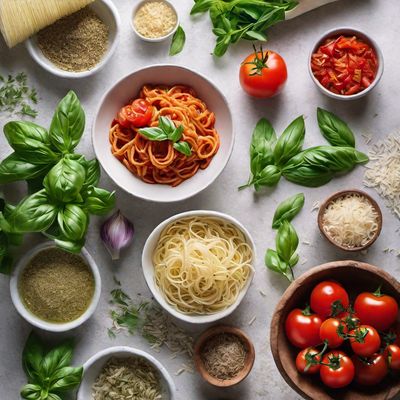
Krpice sa zeljem (Mediterranean Style)
Mediterranean Pasta with Cabbage
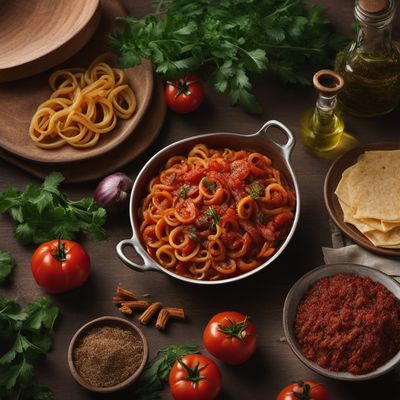
Perciatelli con Caracoles
Madrid-Inspired Perciatelli with Snails
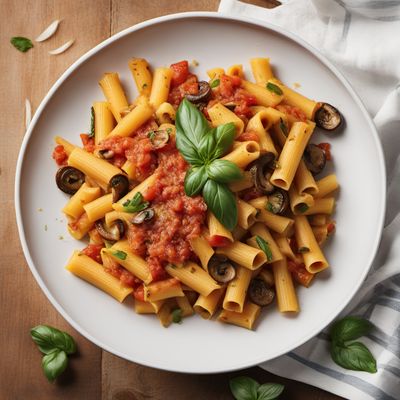
California-Style Rigatoni with Pajata-Inspired Sauce
Sun-Kissed Rigatoni: A California Twist on a Classic Italian Dish

New York-Style Pizza
The Big Apple's Finest Pie
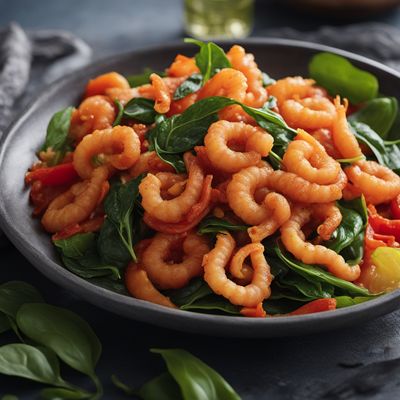
Catalan-style Calamari in Zimino
Mar i Muntanya Calamari: A Fusion of Catalan and Italian Flavors
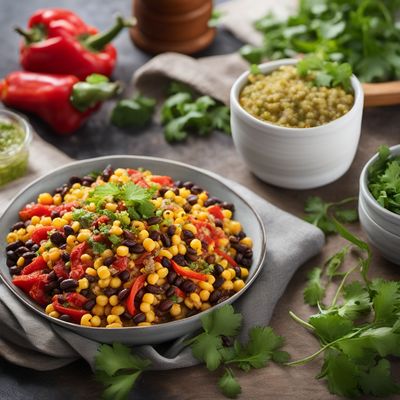
Cucciole Guatemaltecas
Savory Guatemalan Cucciole Delight
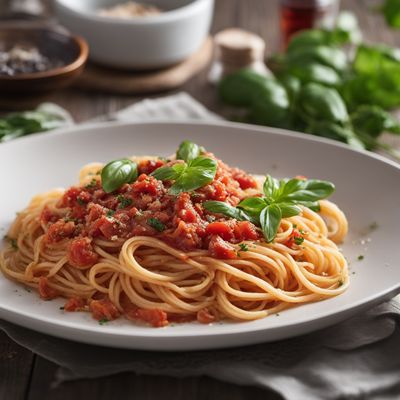
Pasta alla Jonica
Mediterranean Delight: Pasta alla Jonica

Panamanian Posmodula with a Tropical Twist
Tropical Fusion: Panamanian Posmodula with a Burst of Flavors
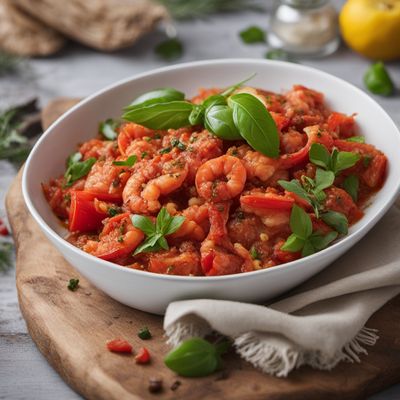
Biscette di Solva - Italian Seafood Delight
Mediterranean Seafood Biscette: A Taste of Italian Coastal Delicacy

Caviadini della Valsassina with an Indian Twist
Spiced Caviadini: A Fusion of Italian and Indian Flavors
